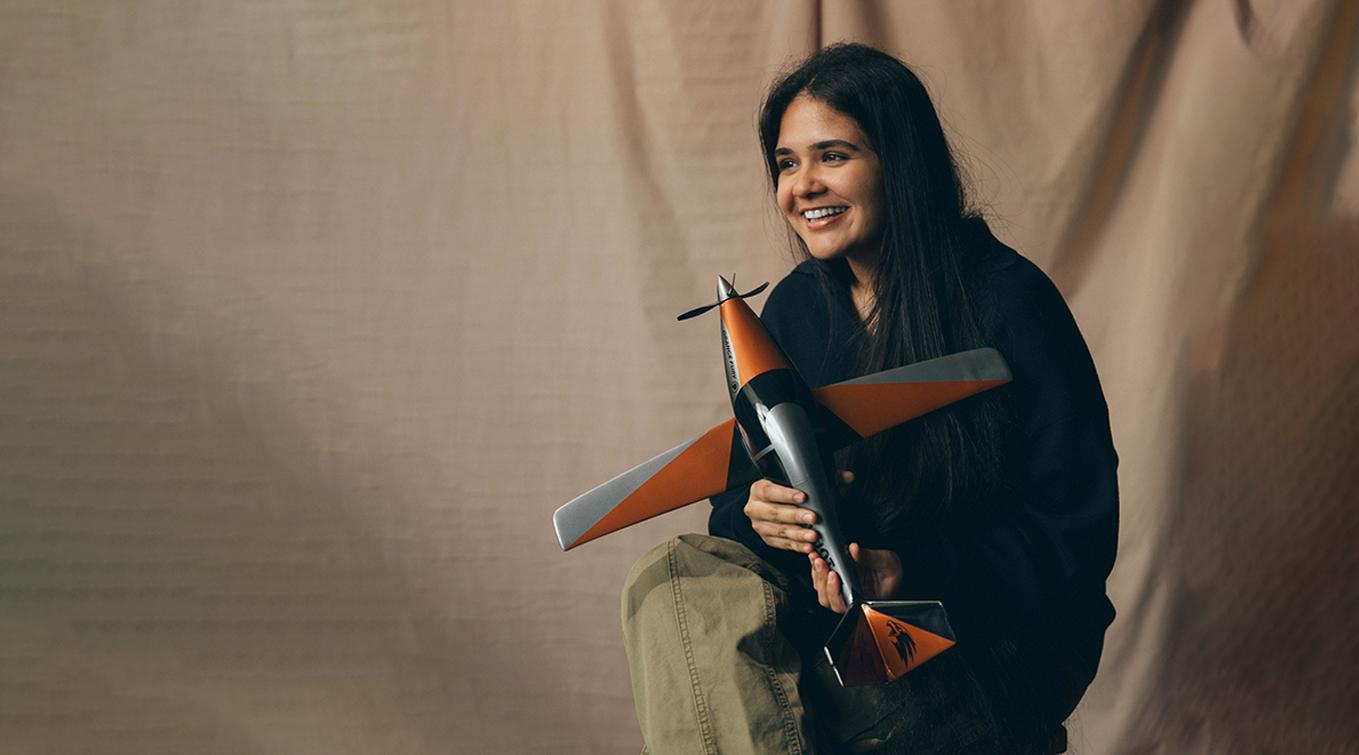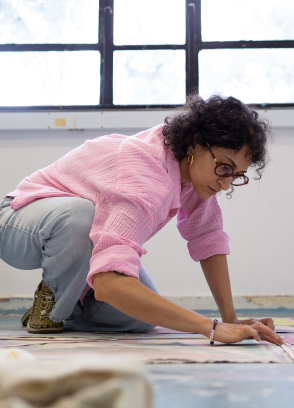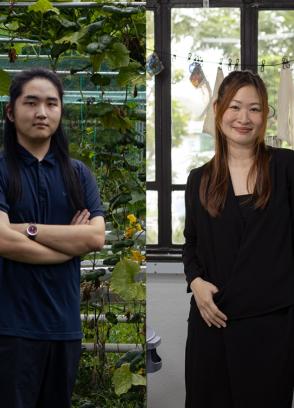McNally Award for Excellence in the Arts recipient Namjot Kaur from the BA (Hons) Product Design programme, photographed by Christal Gallyot and Renny Nadira from BA (Hons) Film (Class of 2024).
Nothing quite clicked into place for McNally Award for Excellence in the Arts recipient Namjot Kaur until she finally entered the BA (Hons) Product Design programme at LASALLE. Prior to LASALLE, she had studied fine arts, followed by interior design and even underwent a short but intense experience in flight training.
In the BA (Hons) Product Design programme which she eventually enrolled in, Namjot discovered a freedom that she hadn’t encountered before. “I was no longer limited to a canvas or a physical space,” explains Namjot. “Instead, I found myself with the ability to design anything and address a wide range of real-world problems through thoughtful, purposeful creation.”
While the journey was not devoid of challenges, tough deadlines and a persistent battle with the computer-aided design software Rhino, Namjot credits her lecturers and classmates with being her anchors and believing in her own potential as a designer, even when she had yet to see it in herself.
We spoke to Namjot about her three years at LASALLE, her experience exhibiting at Milan Design Week, as well as how flying and aviation has unexpectedly informed the way she approaches design challenges and opportunities.
You were part of the Singapore Youth Flying Club and are currently pursuing a pilot’s license—tell us more about your aviation journey. How has that influenced your work or design interests?
Flying an aircraft demands highly technical skills, the ability to think critically and analytically, and the independence to troubleshoot unexpected issues in the air. You have to be able to stay calm under pressure and to approach complex problems one step at a time.
This approach can also be applied to design processes. I’m always probing how and why things work the way they do. I tackle each new project by identifying a root problem and asking how a solution can be made more effective, both functionally and creatively.
During intense periods in my studies, the discipline and mindset that I had developed during flight training was invaluable in giving me the resilience and focus I needed to push through.
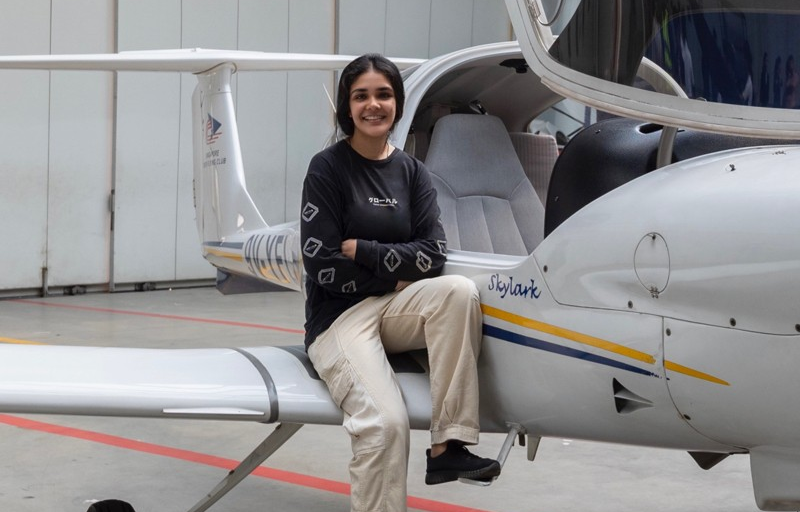
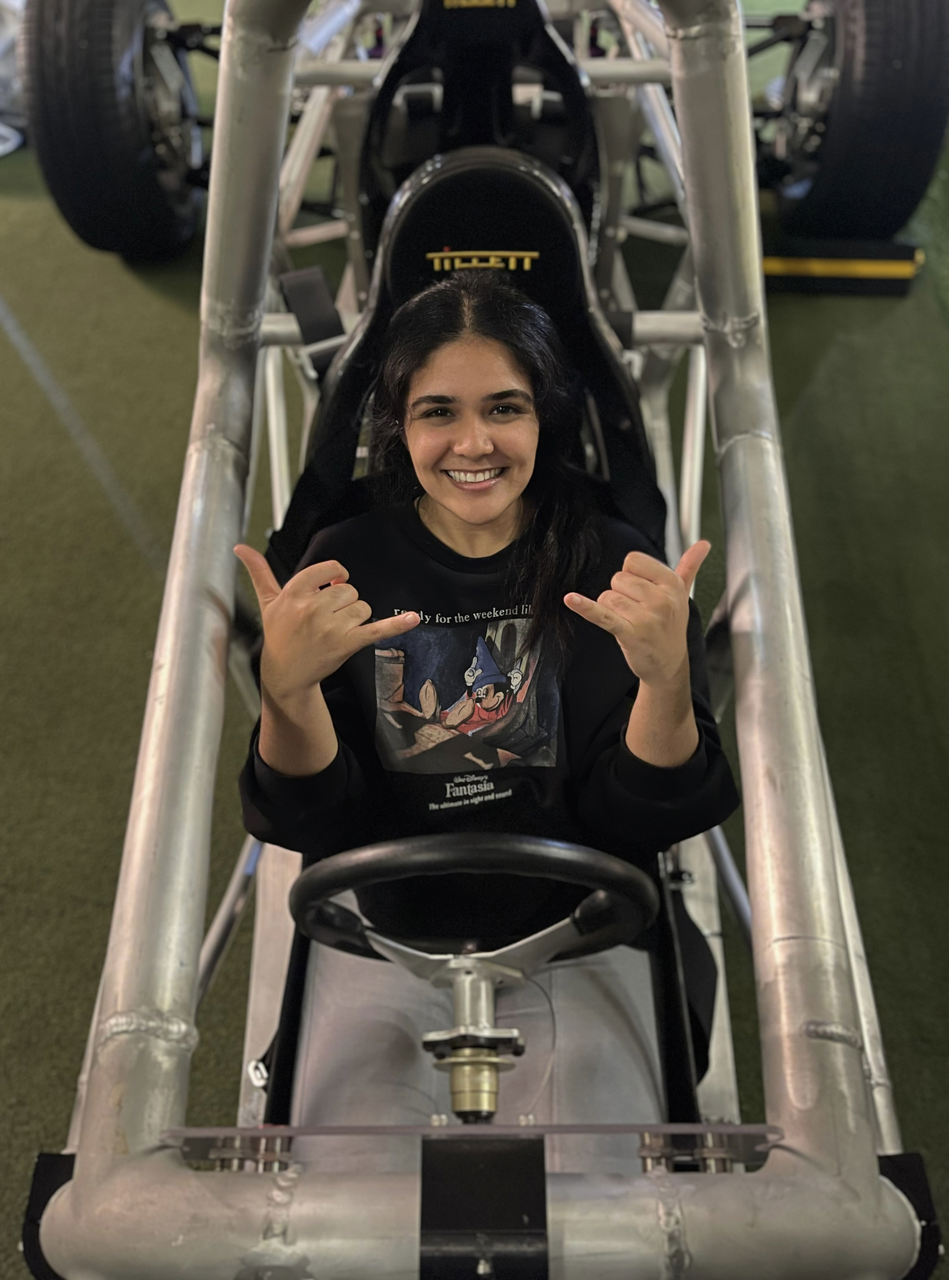
You’ve mentioned that it took awhile to find your fit when it came to your studies. What was the turning point for you at LASALLE?
One of the projects that marked a turning point in my design journey was working with the Singapore University of Technology and Design in my second year to develop concept sketches for their electric sports car prototype.
With the encouragement of my best friend, classmate and fellow car aficionado Yu Haun, we entered the competition together and developed the winning concept that became TITHONUS. This was the project that gave me the confidence to pursue ambitious ideas, and launched my growth as a designer.
In Year 3, you also exhibited at Milan Design Week alongside 13 other professional Singaporean designers—how did the opportunity come about?
I had developed Tera, a sustainable, self-watering funnel system that was designed to eliminate the need for plastic pots and plant supports, for a short semester assignment. The project quickly gained momentum after my Programme Leader Nathan Yong recognised its potential and encouraged me to submit Tera for the Milan Design Week open call. A month later, I was thrilled to learn that I had been selected.
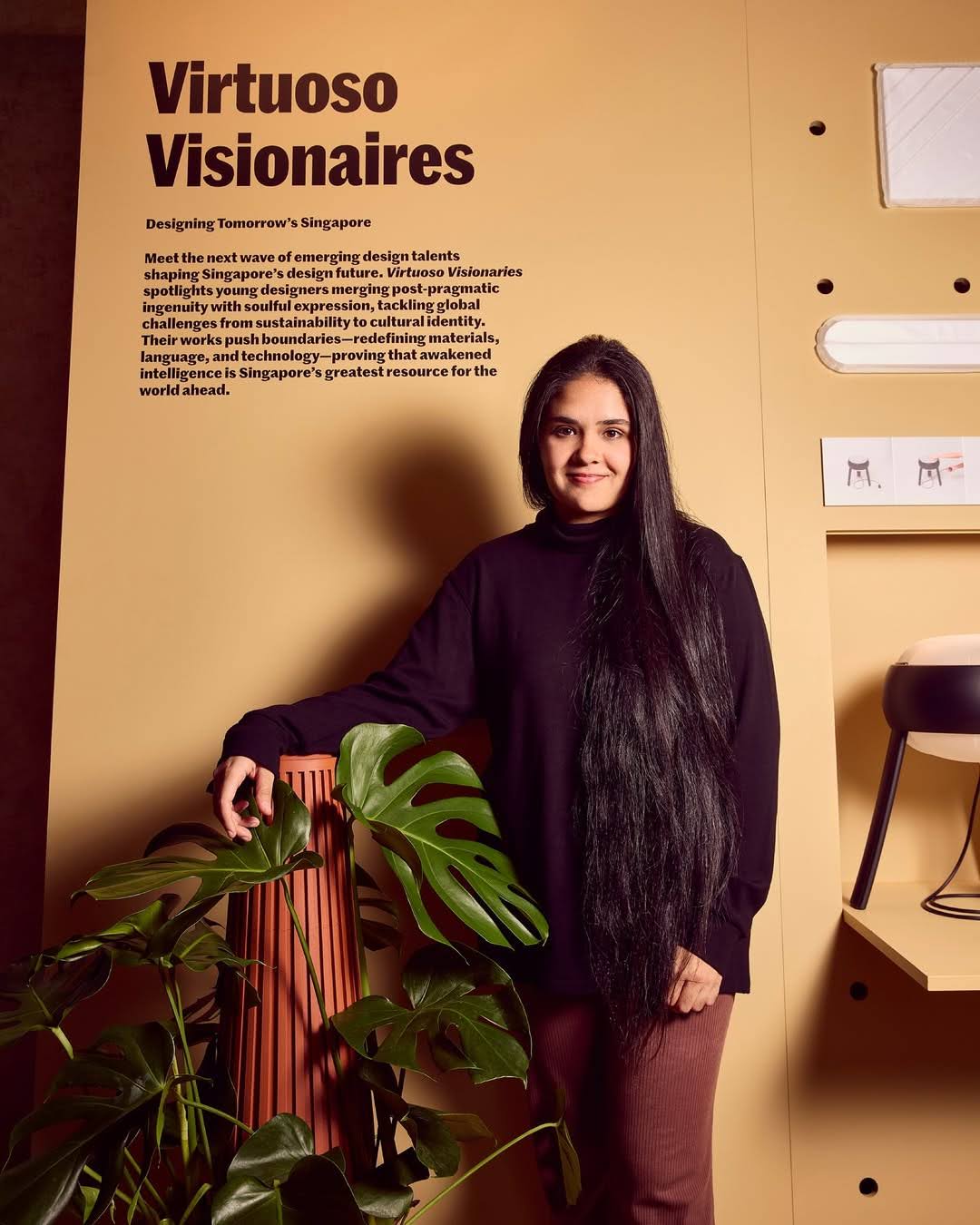
Preparing for the exhibition came with its own set of challenges. I was scheduled to travel to Milan alone and to set up my work there independently, just ten days before the submission of my final year project. Despite the tight timeline and pressure, I was able to navigate the experience successfully with the support of my peers, lecturers and family.
Your final year project, ALBATROSS, won the Red Dot Award for Design Concept. Could you share more about the process of developing it?
Creating ALBATROSS was undoubtedly the most challenging experience during my time at LASALLE. It was something I had long envisioned—an opportunity to merge my passion for both design and aviation while creating meaningful social impact.
I wanted to design a completely new type of hybrid glider tailored for disaster response in Indonesia. The idea took shape after an expedition to Bandung, a region frequently struck by earthquakes. There, I interviewed disaster survivors and investigated the challenges faced by local rescue teams, before identifying their key needs: a faster and more affordable way to deliver first aid to remote areas.
In developing my prototype, I needed to design the glider from the ground up, as well as engineer its internal components and ensure the overall concept was technically viable.
I’m very proud of ALBATROSS, because not only did it push the boundaries of my technical and design capabilities, it has the potential to make a tangible impact on people’s lives. And that’s when I truly understood what purpose felt like.
What will you miss most from LASALLE?
The unity and support that my class shared!
Over the past three years, our class culture has been built on mutual respect and collaboration. This spirit of teamwork is what allows us to grow, not just individually but as a collective, filling in the gaps for one another and developing our skills together.
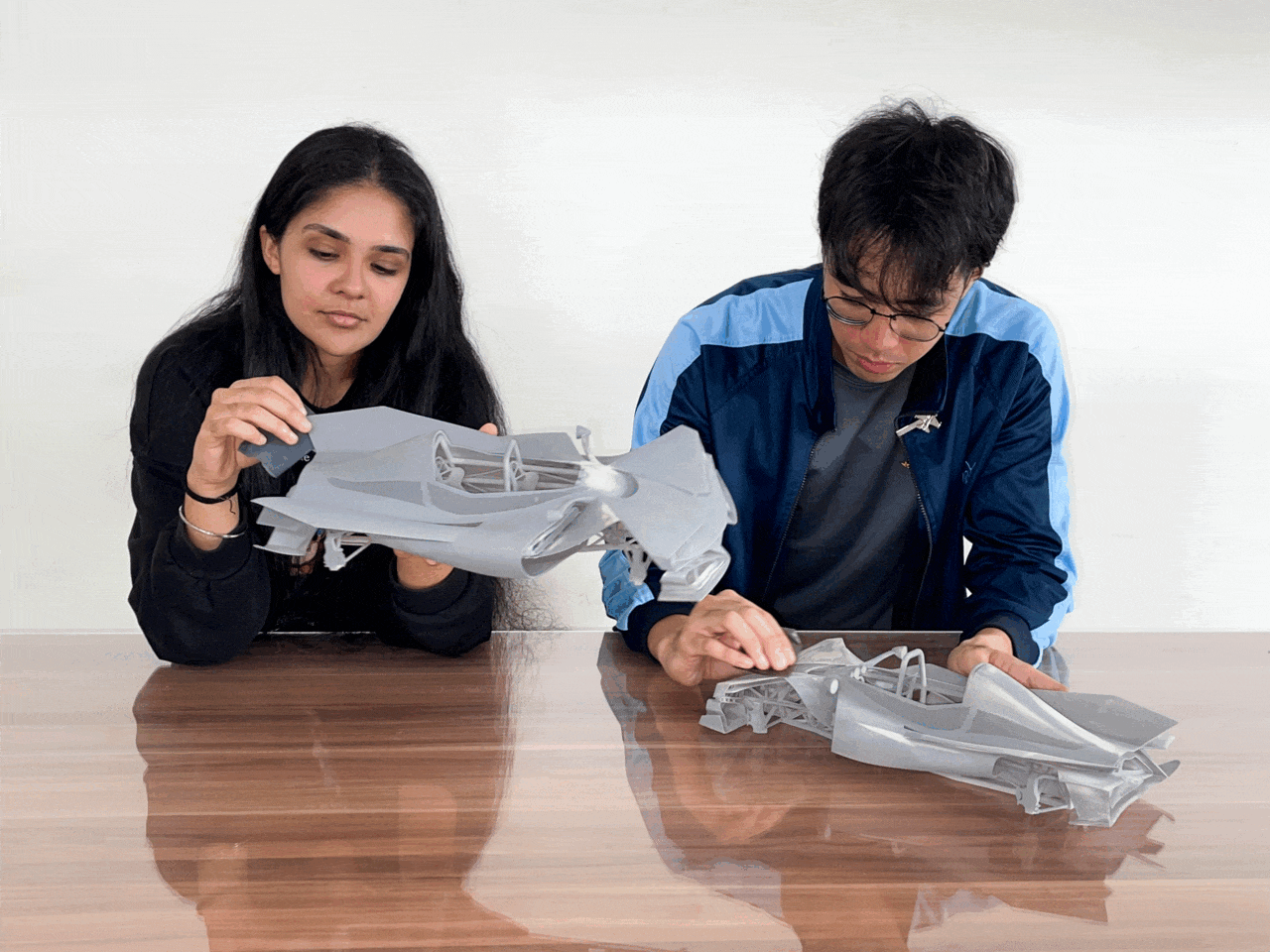
There were times when I struggled with the CAD software Rhino. Rhino and I are not friends, But my peers always stepped in to help, and in return, I supported them in areas where I was stronger. The willing exchange of skills, trust and encouragement taught me more than any software ever could.
It made me realise that design isn’t a road to walk alone; it’s about finding the right people who make designing a pleasure and, most importantly, make design limitless.
This journey has also shown me that purpose isn’t something you get in isolation. It’s something you encounter—through people, through context, through listening. This purpose is what will keep you going long after the grades, awards and job titles lose their shine.

